Help
Community21 has selected some case study communities and projects to share across the network to inspire and inform others. Should we be featuring yours? If so get in touch.
Map showing the boundary of the civil parish
Parish Council
Parish Newsletters
St Saviour's Church
Police Community Support Officer
Baby & Toddlers plus Pre-school Facilities
Some Past Events - A Pictorial Record
History of Colgate and Faygate
Tour of Britain Cycle Race 13 Sep 2014 - some photos
Or click on the Directory tab above the map where you may find the information you require.
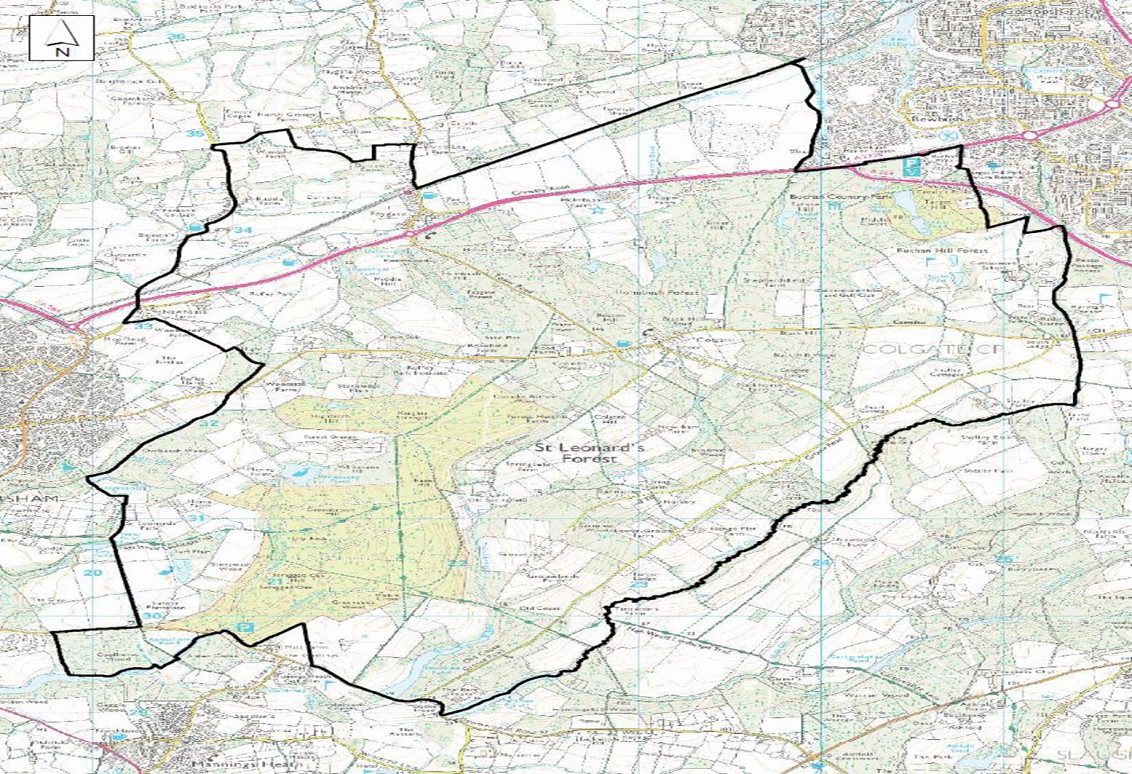
Whilst the image seen here may be quite small, follow the link below to the Parish Action Plan where a larger version of the map can be found on page 5
For the most recent newsletter, please go to the Parish Council website at http://www.colgatefaygate.com/
If you don't receive a newsletter delivered to your household, current copies are also available to view in St Saviour's church in Colgate.
All articles for the newsletter will need to be with the editor by 15th of the preceding month.
Newsletter Advertising: & **Newsletter Editors**** and Distributors****: **
Julie Stace : cfparishnews@gmail.com 01293 851140
To view previous newsletters, click on the downloads below.
We have a regularly meeting Baby & Toddler's Group in Faygate and a daily pre-school in Colgate providing day care for children aged 2-5 years. For further details including times and contacts please refer to the most recent Parish Newsletter.
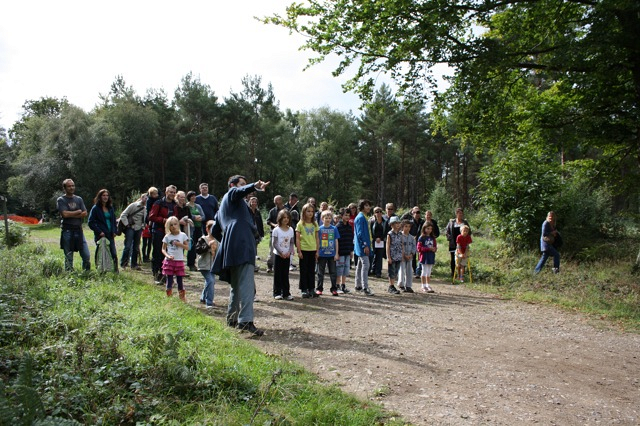
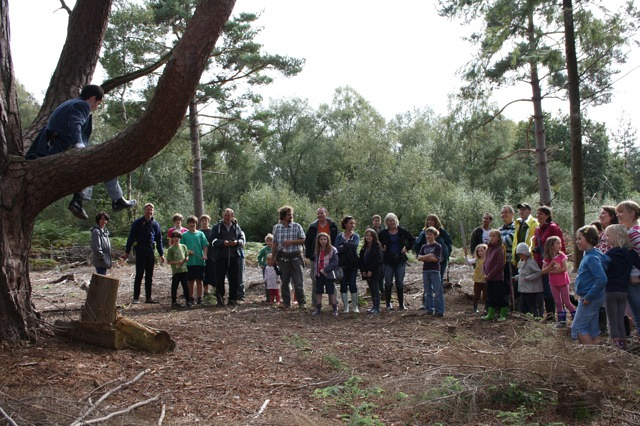
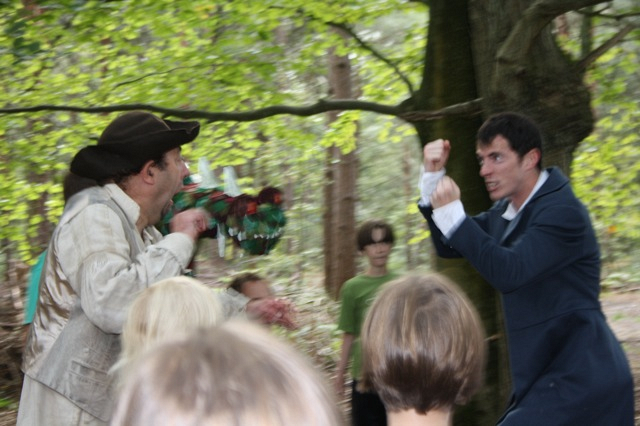
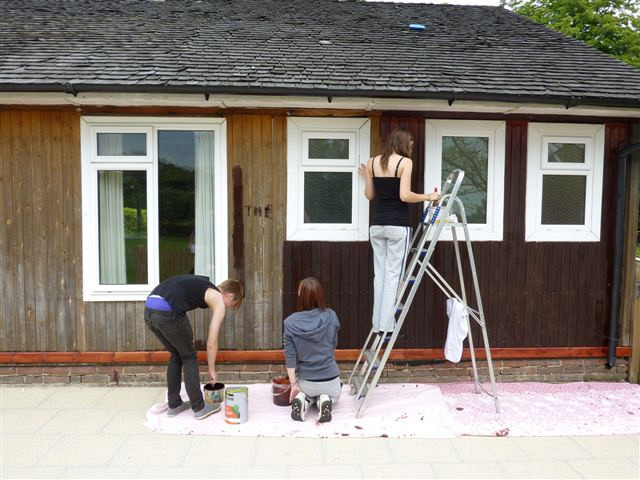
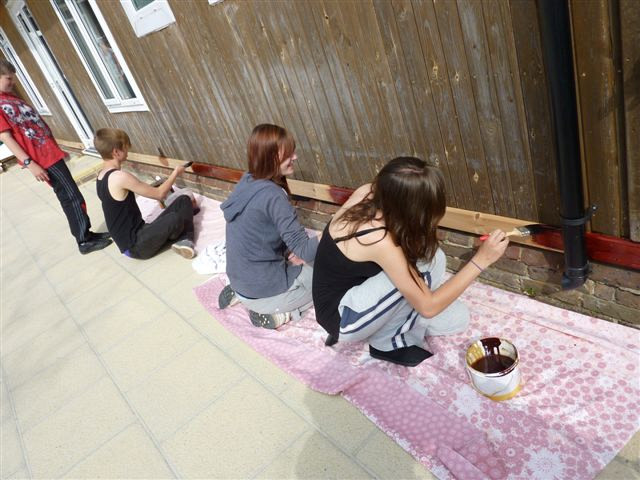
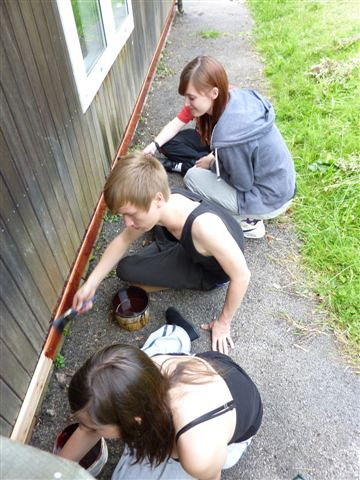
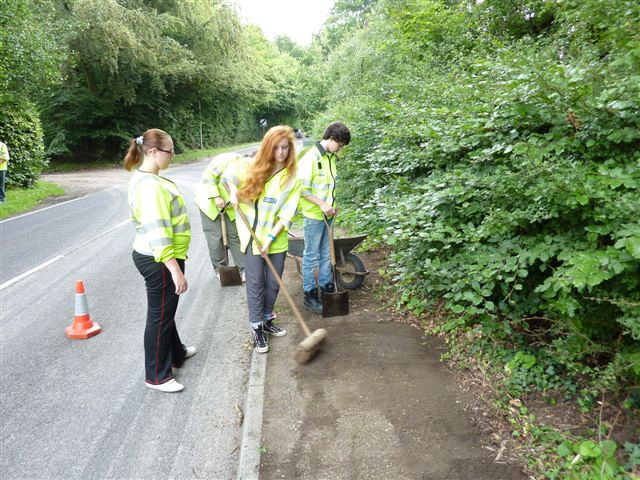
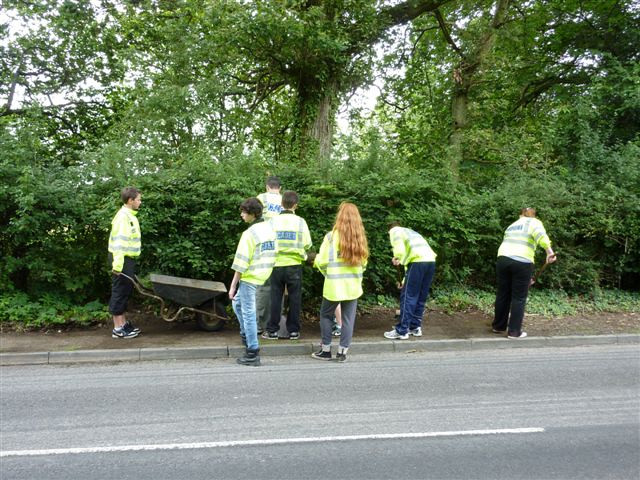
See the Parish Newsletters, or check the village noticeboards and halls for notices of forthcoming events.
Here are some of the events which have previously taken place in our locality:
The Company's production of "Where be Dragons" at the Forestry Commission's St Leonard's Forest site on 17th & 18th September (2011) was a great success. This was a family show that entertained everyone, whether it was searching for the dragon, which kept the children happy, or the poetic ramblings of Percy Byshe Shelley, who kept the adults amused. What was so interesting about the show is the way it was so specific about the area in which it was happening, looking at the myths and stories that surround this ancient forest.
The Forestry Commission is hopeful that the play will be brought back at some time in the future, and The Company are steaming ahead with their next production "Up in Smoke", which takes place on the Spa Valley Railway in Tunbridge Wells at Christmas
Summer 2011 saw a team of Police cadets at their summer camp at the Sea Cadet site in Tower Road, the cadets are all potential recruits to the Police force. They spent a week at the camp on various activities in the local area and we were fortunate that as part of the weekly schedule they spent a day undertaking some tasks in the village.
They all worked very hard painting part of the village hall, cutting the grass and clearing several pavements, the work they did is very much appreciated and we wish them all the very best for the future
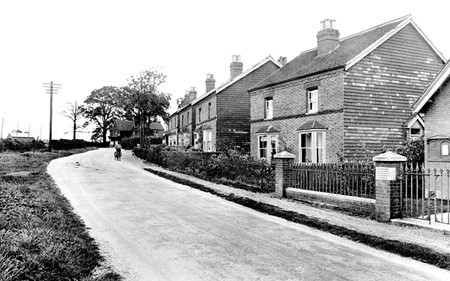
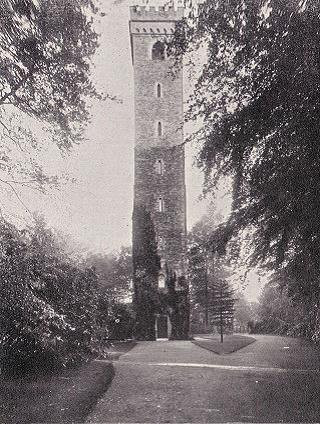
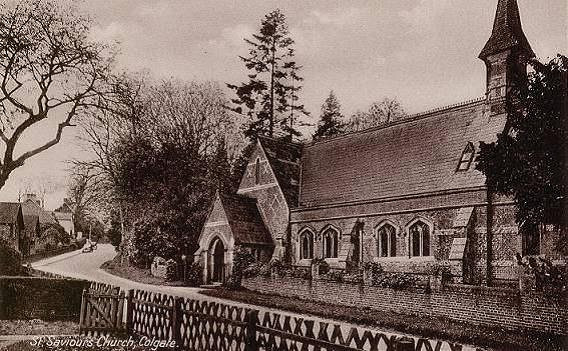

The villages of Colgate and Faygate are situated in the high weald of Sussex, some 4 miles north-east of Horsham and in the midst of St. Leonards Forest. The parish covers an area of some 2,243 hectares. In 1874 the population of the parish was recorded as 449, but by the census of 2001 this had risen to 1,119 with 336 households. It is designated as an Area of Outstanding Natural Beauty and the whole area is steeped in history.
Forest Road, which runs the full width of the parish through Colgate, follows the route of a prehistoric ridgeway track which would have once connected Ashdown Forest with the coast, via the Adur valley gap. There are several sites within the parish where flint implements from the Middle Stone Age have been found, dating from around 8,000 to 4,000 BC when the Mesolithic people had local hunting sites here. These people were hunter – gatherers and were most likely the very first residents of our parish!
Many possibilities exist for the origin of the Colgate village name (and none of them are connected in any way with toothpaste!) The most likely for Col is a reference to the charcoal burners and the Wealden iron industry which had flourished in the area from pre Roman times. A direct connection may even have been from Godelene de la Collegate who was recorded to live in the area in 1276, from the local Horsham tax roll of that date. The family name means 'the charcoal dweller that lives by the gate', the ‘gate’ as with Faygate, being one of the many forest gates that would have protected access through the medieval deer parks which once existed at Roughey (Roffey), Beaubush (Bewbush) and at Shelley to the north. The plentiful supply of natural ironstone, along with the timber to supply the necessary heat for both the furnace and the forge made this area ideal for ironworking; hence the many beautiful furnace and hammer ponds that now grace our forest valleys.
St. Leonards Forest was a popular haunt and hiding place for smugglers during the 17th and 18th centuries. A story which was published in the London papers of 1614 reported that a fearsome serpent or dragon lived in the forest near Faygate. This tale could well have been circulated to keep strangers away from the sensitive areas of the forest which were frequented by the smugglers. The name of the Colgate public house, The Dragon, reminds us of this famous legend. Opened in 1869 it was originally called the Colgate Inn. Faygate village still boasts two public houses, The Cherry Tree, which in part dates from the 16th Century and next to the station, The Holmbush Inn.
The railway station was built at Faygate as the new goods station for Rusper, when the Crawley to Horsham railway branch line was opened in 1848. In the 19th century both villages had their own village shops and Post Offices, but the last of these to close was the Colgate shop which was converted into a private house in the 1960’s. Faygate however, still has its own garage, built on the site of the old Blacksmiths forge and also a popular roadside café, at the roundabout on the A264 Crawley to Horsham road.
One of the oldest surviving buildings in Colgate is undoubtedly Stone Cottage, situated opposite the church in Forest Road which dates from the 17th century and is believed to have been the tollgate keeper’s cottage. The toll gate is shown here on Budgen’s map of Sussex of 1796. Beedingwood Lodge is also shown on this map, but most of the other houses in the village date from the Victorian period and many were built for workers from the nearby Holmbush estate. The mansion at Holmbush was built by Thomas Broadwood in 1823. By 1845 Broadwood was advertising as a brickmaker at a site to the east of Hopper Farm. The brickyard went through the hands of many owners and was known as the Holmbush Pottery Works when it finally closed in 1959. The site is still used by a builder’s merchant and many other small businesses. It is nice to think that so many of the local houses would have originally been built using bricks made from locally dug clay.
In 1857 Thomas Broadwood had a tower built at the high point on which is now called Tower Road. This was a typical Victorian folly and 106 feet high, which made it some 570 feet above sea level. Over the years Holmbush Tower was a considerable tourist attraction for the district but after use as an observation post by the Home Guard during the Second World War and falling into disrepair it was eventually pulled down.
The parish church of Colgate is St. Saviours and was built in 1871 assisted by donations from local landowners, William Hubbard of Leonardslee and Col. James Clifton-Brown of Holmbush. History & Guide Around the same time a village school was built on land opposite, which remained in use until the opening of the new County School in Blackhouse Road in 1915. After that time the old school continued in use as the village hall, until one tragic day in 1940 when a German aircraft mistook it for a munitions factory and dropped three bombs, killing 5 local people. The residents of Colgate were however not to be deterred and after the war built themselves a new village hall on the site, opening on June 3rd 1953 and which is still very much in use today. The Memorial Hall, named in memory of those who lost their lives in the bombing, is regularly used by the Pre-School Group and for Bingo, Whist and many other local functions such as jumble sales. The annual village fete is also held here, which is a major community event, especially for the children.
Faygate’s village hall is a fine brick building which is used by the residents for similar functions such as Bingo and Jumble sales etc. Colgate also had a Methodist Chapel built at the end of the 19th century on land between Mars Hill Villa and the present County Primary School. A Methodist Chapel was also built in Faygate and opened in 1893. This continued in use until 1966 when it was bought by the Church of England and consecrated in 1966 as the Church of St. Francis. Eventually it was sold in 1981 and converted into a private house.
Even though things have changed beyond comprehension in the past centuries, especially with transport and communications, our parish still continues as a flourishing community. The one thing that continues to bind us together is our appreciation of the beautiful countryside in which we live and our desire to maintain this for future generations to come.
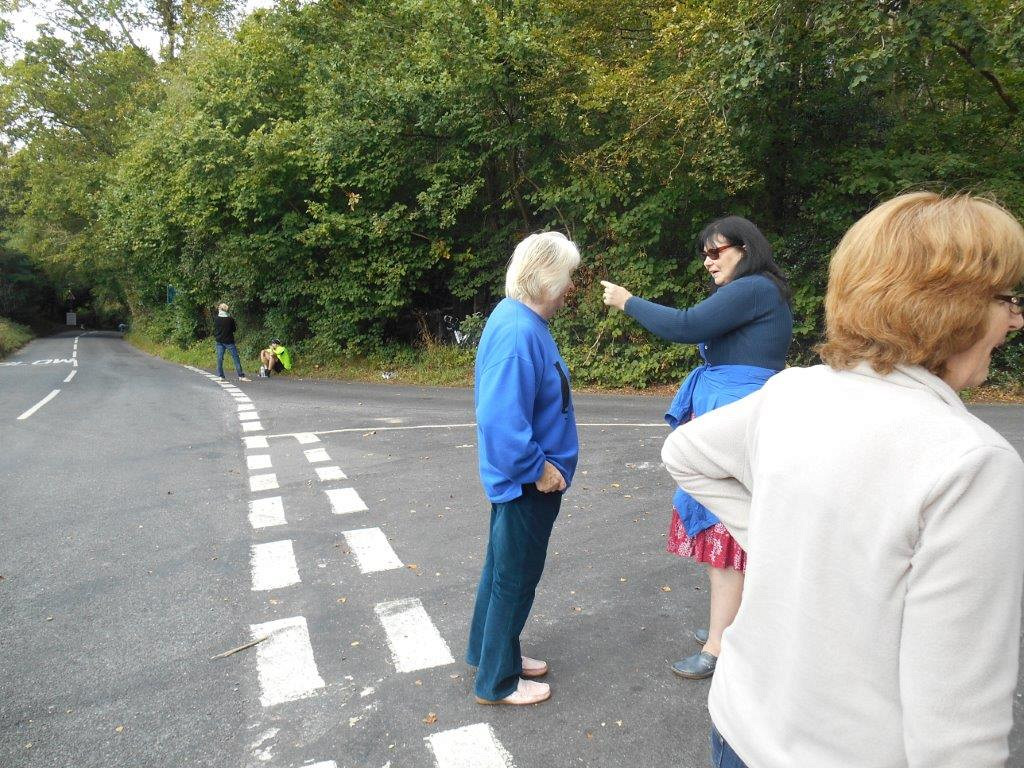
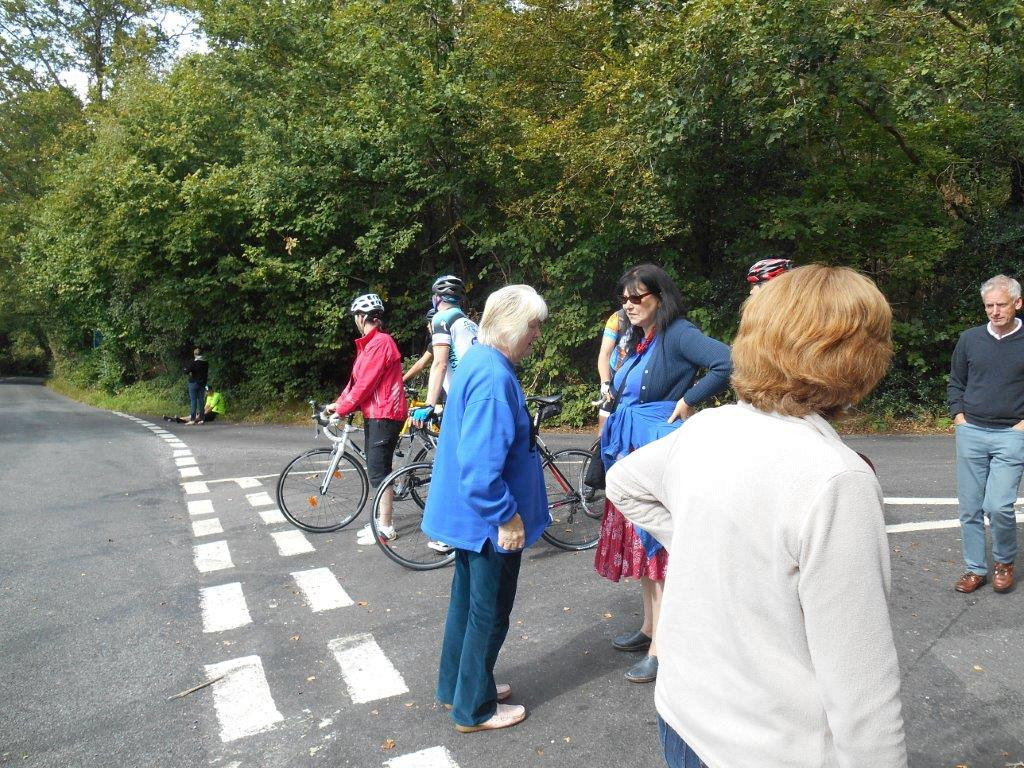

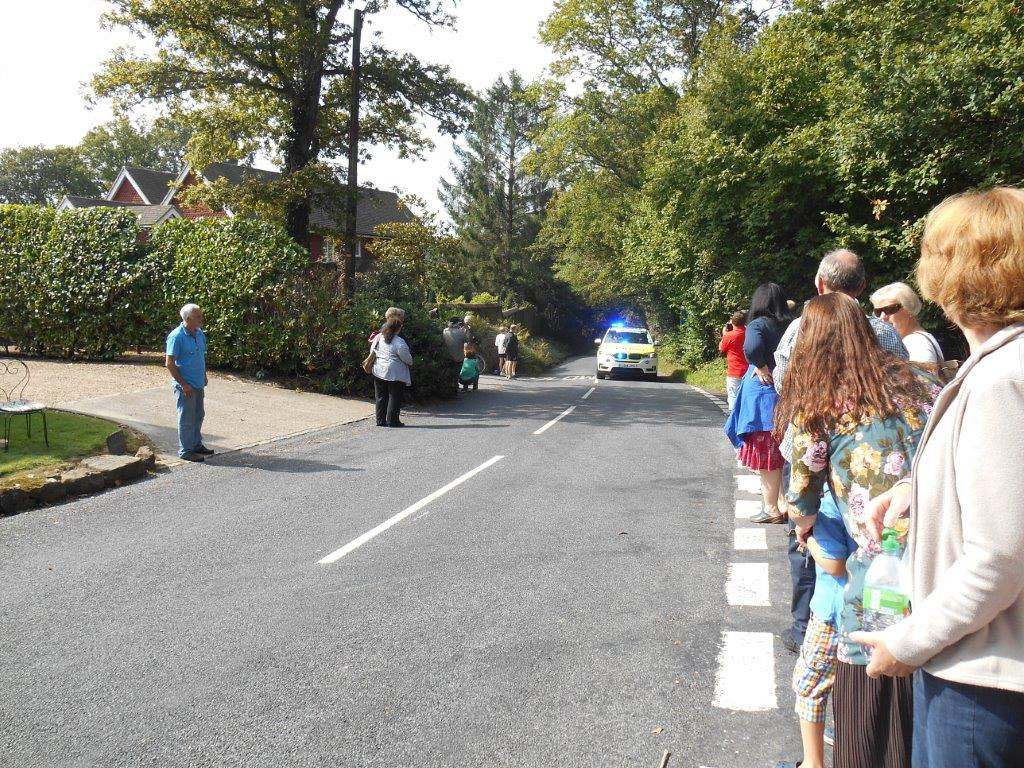
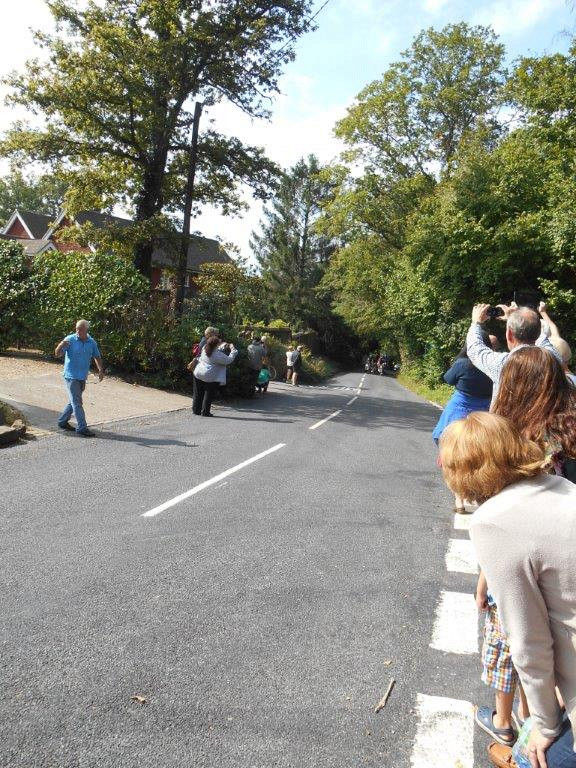


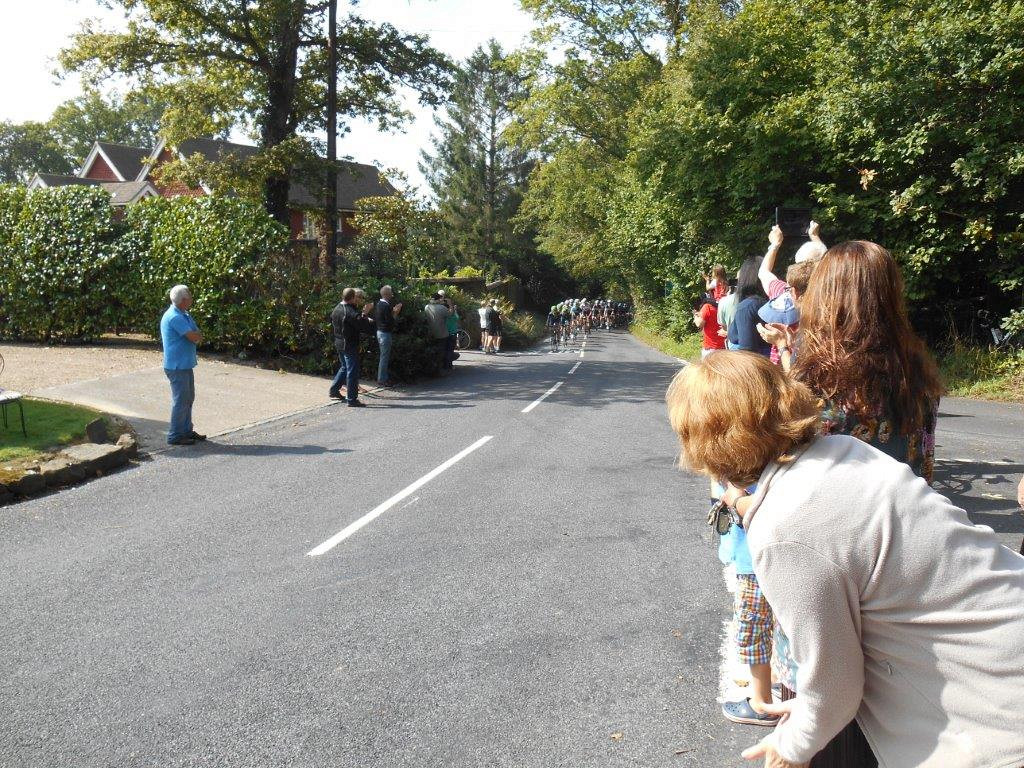
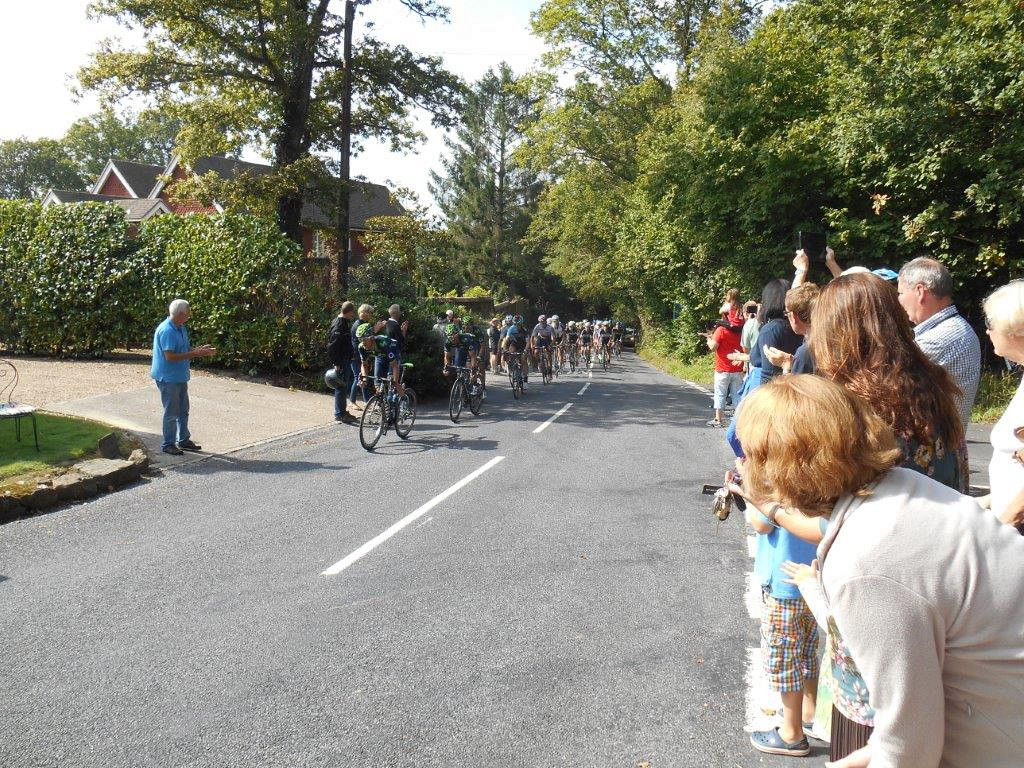
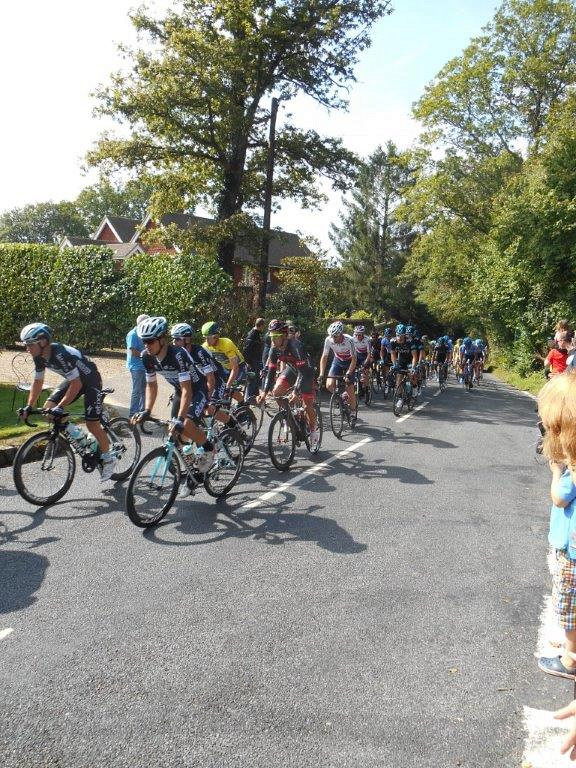
Onlookers and participants of the Tour of Britain cycle race during stage 7 of the race 13 September 2014 - photographed at Bucks Head, near Colgate, West Sussex